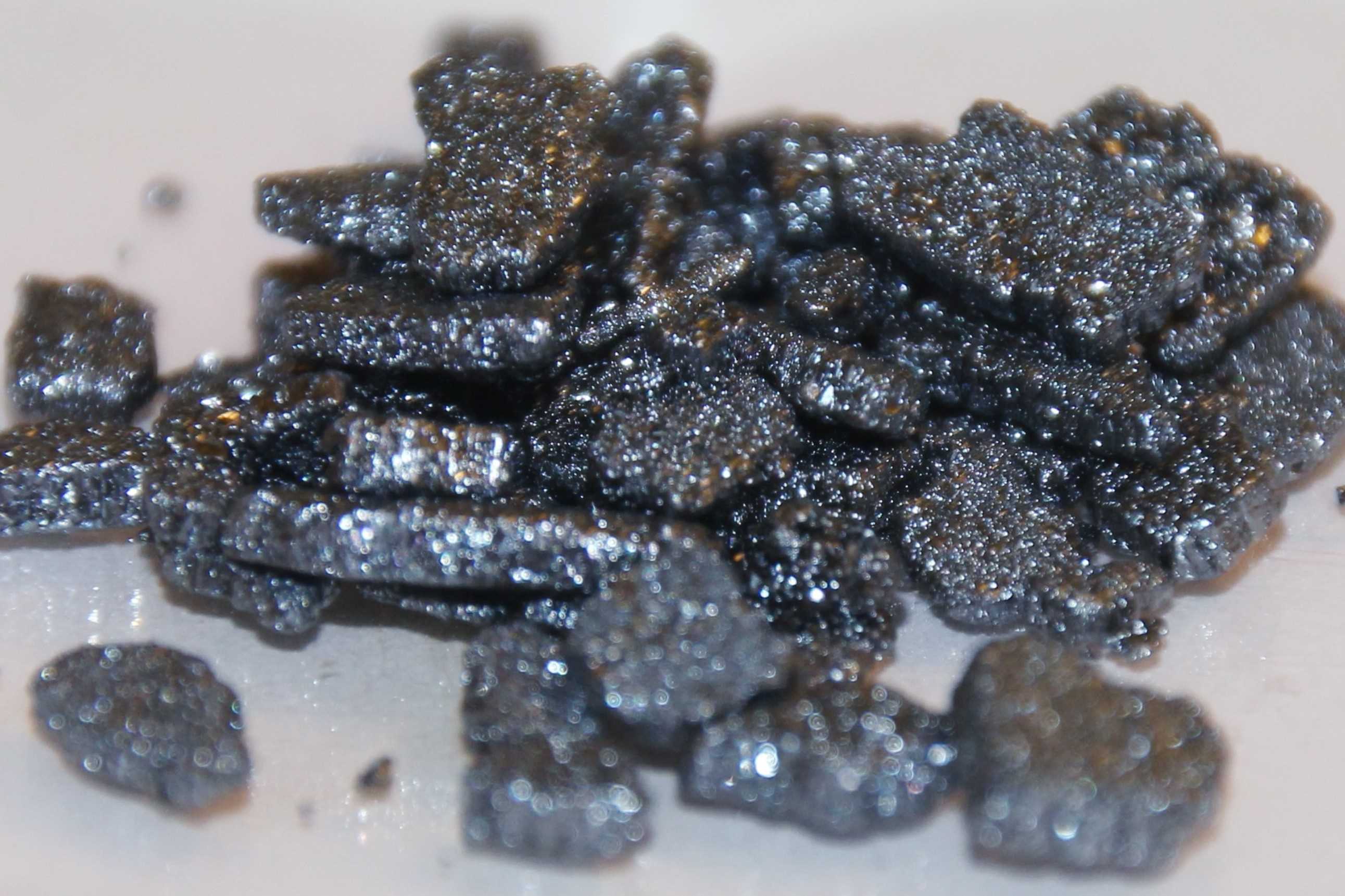
Francium iodide might not be a household name, but this compound holds some fascinating secrets. What is francium iodide? Francium iodide is a chemical compound formed by the combination of francium, one of the rarest elements on Earth, and iodine, a more common halogen. Francium itself is highly radioactive and incredibly unstable, making its compounds equally intriguing. This compound is rarely studied due to francium's scarcity and short half-life. Despite its elusive nature, francium iodide offers a glimpse into the world of heavy alkali metals and their interactions with halogens. Ready to dive into some mind-blowing facts about this rare compound? Let's get started!
Key Takeaways:
- Francium iodide is a rare and highly radioactive compound with unique properties. Its intense radioactivity and reactivity make it valuable for scientific research and studying radiation effects.
- Despite its challenges, francium iodide has theoretical applications in nuclear medicine and chemical bonding research. Its rarity and intense radioactivity contribute to its value in scientific exploration.
What is Francium Iodide?
Francium iodide is a chemical compound formed by the elements francium and iodine. This compound is quite rare and has some fascinating properties. Let's dive into some intriguing facts about francium iodide.
Basic Properties of Francium Iodide
Understanding the basic properties of francium iodide helps us appreciate its uniqueness.
- Francium iodide has the chemical formula FrI.
- It is composed of francium (Fr), a highly radioactive alkali metal, and iodine (I), a halogen.
- The compound is extremely rare due to the scarcity of francium in nature.
- Francium iodide is highly unstable because of francium's short half-life.
- It is typically found in a solid state at room temperature.
Radioactivity and Stability
Francium iodide's radioactivity and stability are key aspects that define its behavior.
- Francium is one of the most radioactive elements on the periodic table.
- The half-life of francium-223, the most stable isotope, is only about 22 minutes.
- Due to its radioactivity, francium iodide decays quickly, making it difficult to study.
- The compound emits alpha particles during its decay process.
- Handling francium iodide requires special precautions due to its intense radioactivity.
Chemical Reactions and Behavior
Francium iodide's chemical reactions and behavior are influenced by its components.
- Francium iodide reacts with water to form francium hydroxide and hydroiodic acid.
- It is highly reactive with air, leading to rapid oxidation.
- The compound can dissolve in water, forming a solution of francium ions and iodide ions.
- Francium iodide can participate in ionic bonding due to the electropositive nature of francium.
- The compound's reactivity makes it a poor candidate for practical applications.
Historical Context and Discovery
The history and discovery of francium iodide provide insight into its significance.
- Francium was discovered by Marguerite Perey in 1939.
- The element was named after France, Perey's home country.
- Francium iodide was first synthesized in laboratory settings due to the rarity of francium.
- The discovery of francium filled the last gap in the alkali metal group of the periodic table.
- Francium iodide's synthesis helped scientists understand the properties of heavy alkali metals.
Applications and Uses
Despite its challenges, francium iodide has some theoretical applications.
- Francium iodide is primarily used in scientific research due to its rarity.
- It has potential applications in nuclear medicine, though practical use is limited.
- The compound could be used to study radioactive decay and nuclear reactions.
- Francium iodide's properties help researchers understand chemical bonding in heavy elements.
- Its intense radioactivity makes it a valuable tool for studying radiation effects.
Interesting Tidbits
Here are some fun and lesser-known facts about francium iodide.
- Francium is the least abundant of the first 101 elements on the periodic table.
- Only about 20-30 grams of francium exist on Earth at any given time.
- Francium iodide's rarity makes it a collector's item for scientific institutions.
- The compound's intense radioactivity means it glows in the dark.
- Francium iodide's study has contributed to the development of radiation safety protocols.
The Fascinating World of Francium Iodide
Francium iodide, a compound of francium and iodine, stands out due to its rarity and unique properties. This compound, with its highly radioactive nature, offers a glimpse into the complexities of chemistry and the periodic table. Despite its fleeting existence, francium iodide plays a crucial role in scientific research, particularly in understanding the behavior of heavy alkali metals.
Its applications, though limited, are significant in the fields of nuclear physics and advanced chemistry. The challenges in studying francium iodide, due to its short half-life and scarcity, make it a subject of intrigue for scientists.
Understanding francium iodide not only broadens our knowledge of chemical compounds but also highlights the ongoing quest for discovery in the scientific community. This compound, though elusive, continues to captivate researchers and enthusiasts alike, proving that even the rarest elements have a story to tell.
Frequently Asked Questions
Was this page helpful?
Our commitment to delivering trustworthy and engaging content is at the heart of what we do. Each fact on our site is contributed by real users like you, bringing a wealth of diverse insights and information. To ensure the highest standards of accuracy and reliability, our dedicated editors meticulously review each submission. This process guarantees that the facts we share are not only fascinating but also credible. Trust in our commitment to quality and authenticity as you explore and learn with us.
